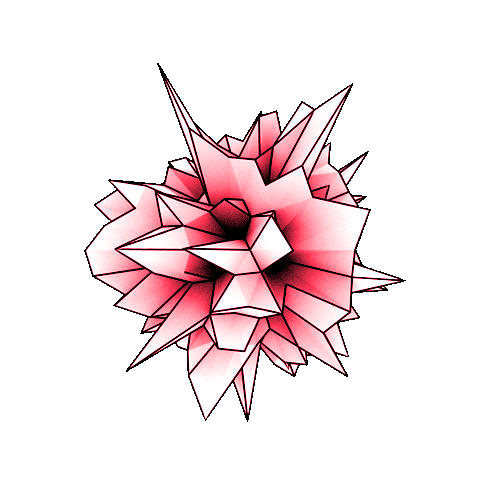CLAY
- samanthamuia
- Mar 26, 2017
- 2 min read

Press, move, slide, glide, push, reposition, sculpt, scrape, layer, collect (Kind, 2014)
The clay was displayed on the table like a fresh canvas, ready to be transformed. I thought it was important to first get an understanding of the material and explore how it moves, reacts and feels. I slid my fingers across the top of the clay and then pressed on it to see what would happen. I read that clay responds to children's movements as they work with it and that it would be almost impossible to predict its resistances (Pacini-Ketchabaw, Kind & Kocher, 2017). This made me want to explore how the material would react to my touch and try to predict what the material may not allow me to do. I thought it would be interesting to connect with the material through seeing how I could form some sort of momentum while working with the clay. As I repeated the motion of gliding my fingers across the top, it started to create layers and depth in the clay which inspired me to keep exploring the material.

Pause, slice, shape, divide, crack, pound, flatten, trap, mould, still (Kind, 2014)
I once read that clay forces people to think, feel, notice,hesitate and question things (Pacini-Ketchabaw, Kind & Kocher, 2017). Those thoughts were running through my head when I first encountered the clay. I started to think about the endless possibilities of many different ways to interact with the material. I started to feel a rush of many different emotions that the clay brought me, such as a feeling of freedom. I associated freedom with this material because I felt that I could transform it into anything I wanted, it gave me creative freedom. This material made me notice how versatile it is, and how important it is to connect with the material to truly feel and believe in what you are doing. While working with the clay, I quickly learned that you cannot quite hesitate for long because it makes demands; you must work with it quickly before it dries up (Pacini-Ketchabaw, Kind & Kocher, 2017). Clay made me question where it all started, what is clay really made out of, how did the past generations use clay and many more similar thoughts.

Transform, create, pinch, poke, engrave, change, wash, form, smash, squeeze (Kind, 2014)
I felt that it would be amusing to experiment and explore the many different ways to use and manipulate the same piece of clay. While working with the material, I felt that time slowed down. For me it was a very calming experience that required slow and subtle movements. I believe that the way that the clay moves in sync with your movements is what makes it a relaxing and slow process, it makes the whole art experience flow better. These movements also bring a sense of connectedness as you are moving as one with the material.
References
Kind, S. (2014, March). Material Encounters. Retrieved March 18, 2017, from http://commonworlds.net/newsite/wpcontent/uploads/2015/03/MaterialEncountersca talogue.pdf
Pacini-Ketchabaw, V., Kind, S. & Kocher, L. (2017). Encounters with materials in early childhood education. Routledge: New York.





Comments